Is cupping therapy good for you?
Updated: 2016-08-10 13:05
By Cesar Chelala(chinadaily.com.cn)
|
||||||||
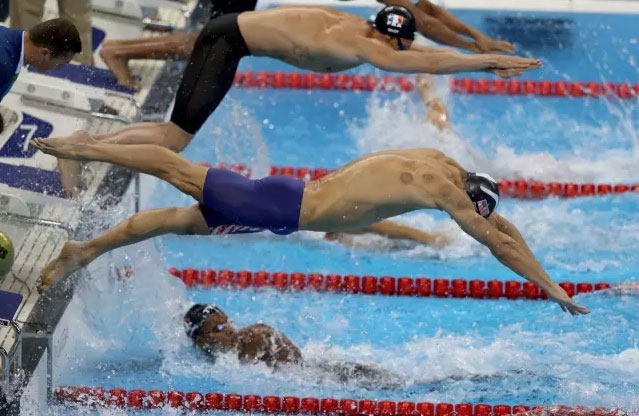 |
|
Round brown marks left by the traditional Chinese cupping treatment are seen on the body of American Olympic champion Michael Phelps. [Photo/Sina Weibo] |
There was a gasp of surprise at the Rio Olympic Games when American swimmer Michael Phelps won his 19th and 20th Olympic gold medal and helped his team win the 4x100 meters freestyle relay. And the surprise was not only for his remarkable achievement but also for some dark purple circles on his shoulders and back. They were the result of having undergone “cupping” before the race.
Cupping is a form of therapy widely used in Traditional Chinese Medicine (TCM). It consists of creating a local suction on the skin using either heat (fire) or mechanical devices (hand or electrical pumps). It is believed this method draws out toxins, mobilizes blood flow, soothes muscle pain and, in some cases, helps cure insomnia.
Cupping has a long history. The Ebers Papyrus, written c. 1550 BC, considered one of the oldest medical textbooks in the Western world, describes how the Egyptians used cupping to help cure some frequent medical issues and how it was also sued by Saharan peoples. Hippocrates, a Greek physician also used this technique c. 400 BC to treat internal disease and some structural problems.
Ge Hong (AD 284-364 ) who was a minor southern official during the Eastern Jin Dynasty (Eastern Jin Dynasty AD 317-420), was the first to use it in China. He was interested in alchemy, herbalism and techniques of longevity. Ge Hong popularized the saying “Acupuncture and cupping, more than half of the ills cured.” Later on, this method found its way throughout Asia and Europe.
In the dry cupping procedure, practitioners place specialized cups on the skin. They then use either heat or an air pump to create suction between the cup and the skin. As a result, a vacuum is created on the patient’s skin to dispel stagnant blood and lymph, thereby improving the flow of qi. It is used on the back, shoulders and other muscles such as those on the back of the neck.
Athletes who use this technique claim that it is highly effective. Other athletes who use this technique are US gymnast Alex Naddour and Belarusian swimmer Pavel Sankovich, who reportedly said that cupping is a great recovery tool. Among American actresses Gwyneth Paltrow and Jennifer Aliston and Canadian pop star Justin Bieber uses it. In the US, the technique was very popular until approximately the middle of the 20th century, and now is only use occasionally by the general population.
There has been a significant increase in the sales of cupping equipment following the Phelps incident, according to Jessica MacLean, acting director of the International Cupping Therapy Association. Phelps himself featured a promotional cupping treatment in a recent video for a sponsor.
Cupping has been used to treat a wide variety of medical conditions. Among them, blood disorders, rheumatic diseases, gynecological problems and skin disorders such as eczema and acne. Those who receive the treatment also claim improvement in their physical and psychological well-being.
Cupping has also been used by some as an alternative treatment for cancer. Despite the practitioners’ claim for effectiveness, however, the American Cancer Society said recently, “There is no scientific rationale for expecting any health benefit from cupping,” warning that the treatment also carries a small risk of burns.
It is very difficult to carry out controlled experiments to test the efficacy of cupping. However, an experiment involving 40 patients suffering from knee arthritis, reported less pain after four months of treatment compared to those who hadn’t received the cupping treatment.
The obvious question is, in essence, how effective is this treatment? One cannot deny that there could be a placebo effect. This is a beneficial effect, produced by a placebo drug or treatment that cannot be attributed to their properties, and must therefore be due to the patient’s belief in that treatment. Perhaps, as with other alternative treatment, cupping is as good as it makes you feel.
Cesar Chelala is an international public health consultant.
- Nepal's newly elected PM takes oath
- Texas gun law worries incoming students
- China vows to deepen economic, trade cooperation with ASEAN
- Fire guts Emirates jet after hard landing; 1 firefighter dies
- Egypt's Nobel-laureate scientist dies of illness in US
- THAAD muscle flexing unmasks anxiety over declining hegemony
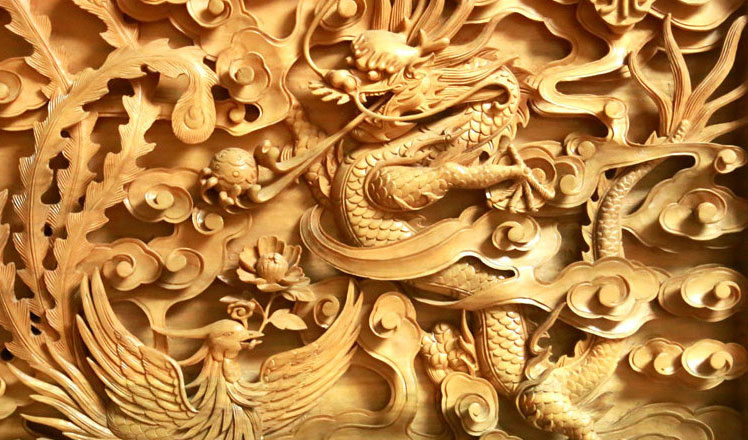
 Inheritor of Songshan wood carving in C China
Inheritor of Songshan wood carving in C China
 "Born in China": Wild and fun
"Born in China": Wild and fun
 Top 10 foreign destinations for Chinese tourists
Top 10 foreign destinations for Chinese tourists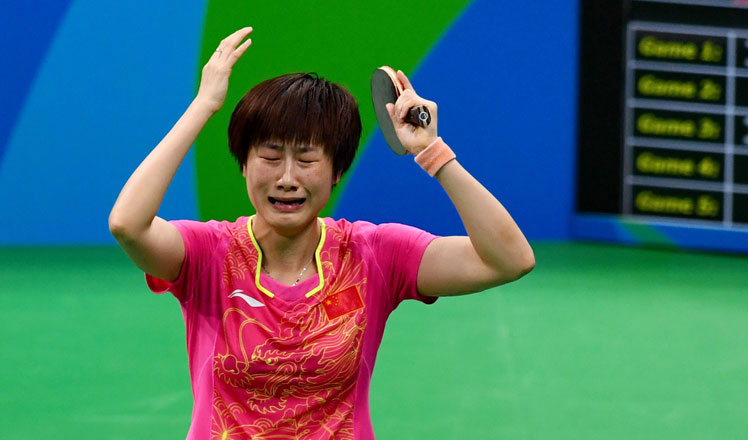
 Ding Ning wins table tennis gold in Rio
Ding Ning wins table tennis gold in Rio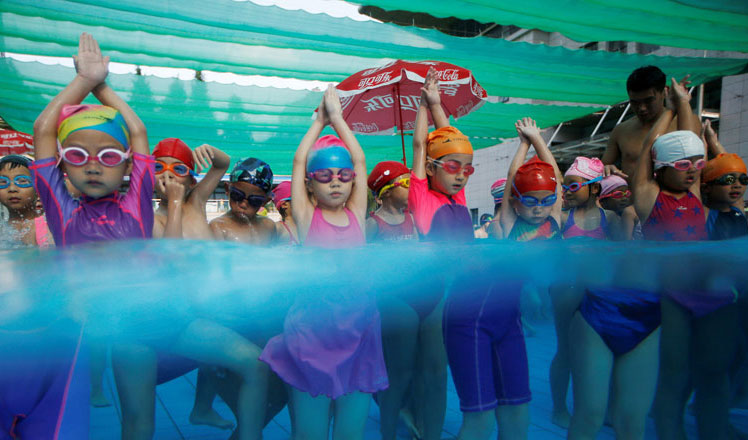
 Creating a splash like their Olympic heroes
Creating a splash like their Olympic heroes
 Breathtaking wedding ceremony in the air
Breathtaking wedding ceremony in the air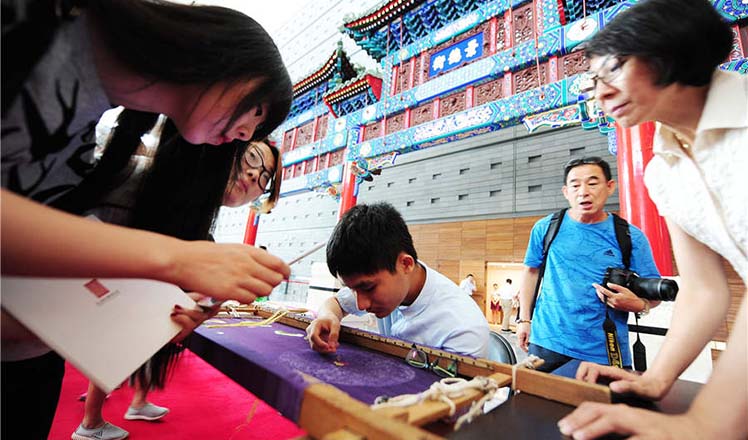
 Beijing's museum brings spirit of craftsmen alive
Beijing's museum brings spirit of craftsmen alive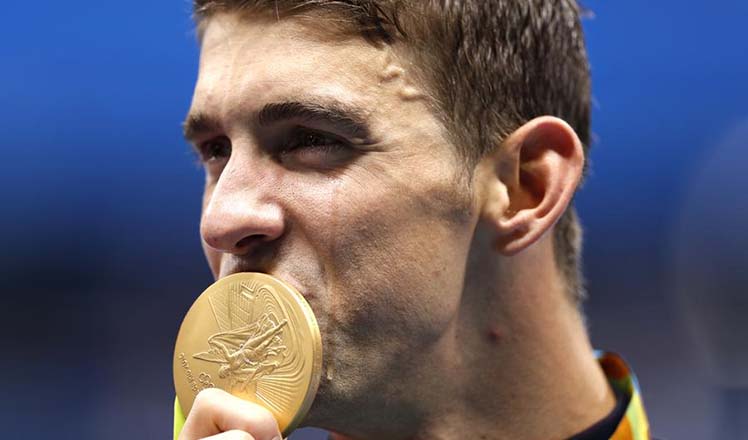
 Phelps adds Olympic gold medal haul to historic 21
Phelps adds Olympic gold medal haul to historic 21
Most Viewed
Editor's Picks

|

|

|

|

|

|
Today's Top News
Phelps puts spotlight on cupping
US launches airstrikes against IS targets in Libya's Sirte
Ministry slams US-Korean THAAD deployment
Two police officers shot at protest in Dallas
Abe's blame game reveals his policies failing to get results
Ending wildlife trafficking must be policy priority in Asia
Effects of supply-side reform take time to be seen
Chinese State Councilor Yang Jiechi to meet Kerry
US Weekly

|

|







